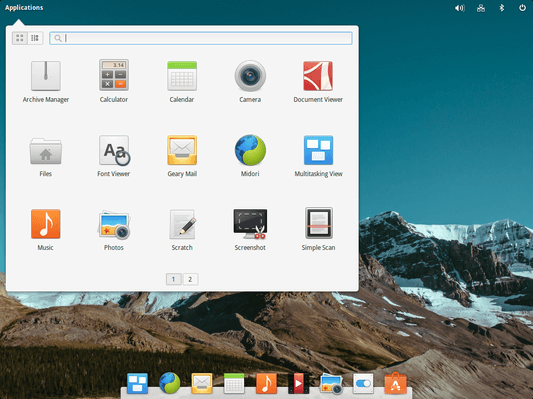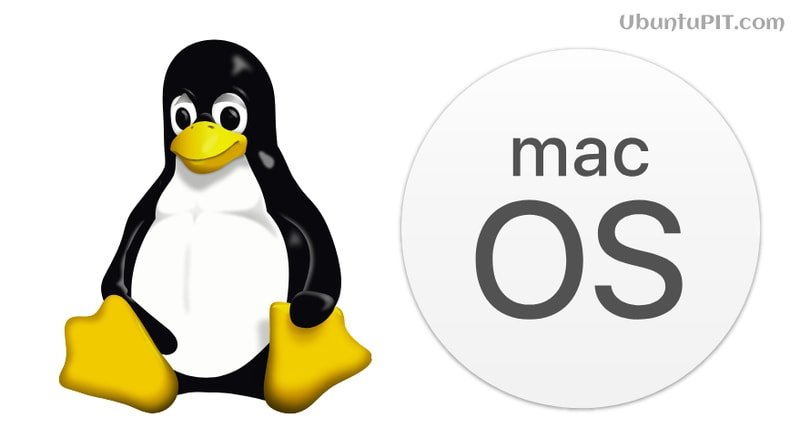
- #Linux mac os x how to
- #Linux mac os x registration
- #Linux mac os x software
- #Linux mac os x download
#Linux mac os x software
If you have a POSIX compliant system, and the software claims POSIX compliance as well, you are virtually guaranteed that the software will work. The aim of POSIX is to get beyond all of this. So you end up with software that says it needs this version of a kernel and that version of a libc and you're still not sure you won't have to crowbar it into place unless you're running the exact same distro version that the packager used. It may be a standard for a kernel, but your system is much more than a kernel, it's an amalgamation of software from several different projects. Is Linux an informal de facto standard? Maybe, maybe not. There's an actual document reviewed and approved by experts after much discussion that says what POSIX is. POSIX is the formal standard because it went through a formal standardization process. Linux certainly is not the formal official standard for anything, not even for itself, since you are not allowed to define a thing in terms of itself. There are two kinds of standards: informal de facto standards and formalized official standards.
#Linux mac os x how to

It is a one-time-use, pre-shared key that attests (authenticates) the SPIRE agent to the SPIRE server. INFO Starting UDS server address=/tmp/spire-registration.sock subsystem_name=endpointsĬheck that the server is running: $ bin/spire-server healthcheckĬreating a join token to attest the agent to the serverĪ join token is one of the many available agent attestor methods. INFO Starting TCP server address="127.0.0.1:8081" subsystem_name=endpoints You can use the example configuration file provided to start the server, from within the directory created in the previous step: $ bin/spire-server run -config conf/server/nf & The SPIRE Server manages and issues identities. To complete this step you will need Go 1.13 or higher ( ) $ git clone -single-branch -branch v1.2.0 Ĭreate, and move the SPIRE executables into, a bin directory as expected by the rest of this document: $ mkdir bin
/tuxlaptopGetty-588badf33df78caebc832a28.jpg)
The executables will be created in the spire directory. Run the following commands to clone SPIRE and build the spire-server and spire-agent executables using go.
#Linux mac os x download
Run the following command to download and unpack pre-built spire-server and spire-agent executables and example configuration files in a spire-1.2.0 directory. Installing SPIRE Downloading SPIRE for Linux The commands in this getting started guide can be run as a standard user or root. For macOS, Go 1.13 or higher must be installed to build SPIRE.

#Linux mac os x registration



 0 kommentar(er)
0 kommentar(er)
